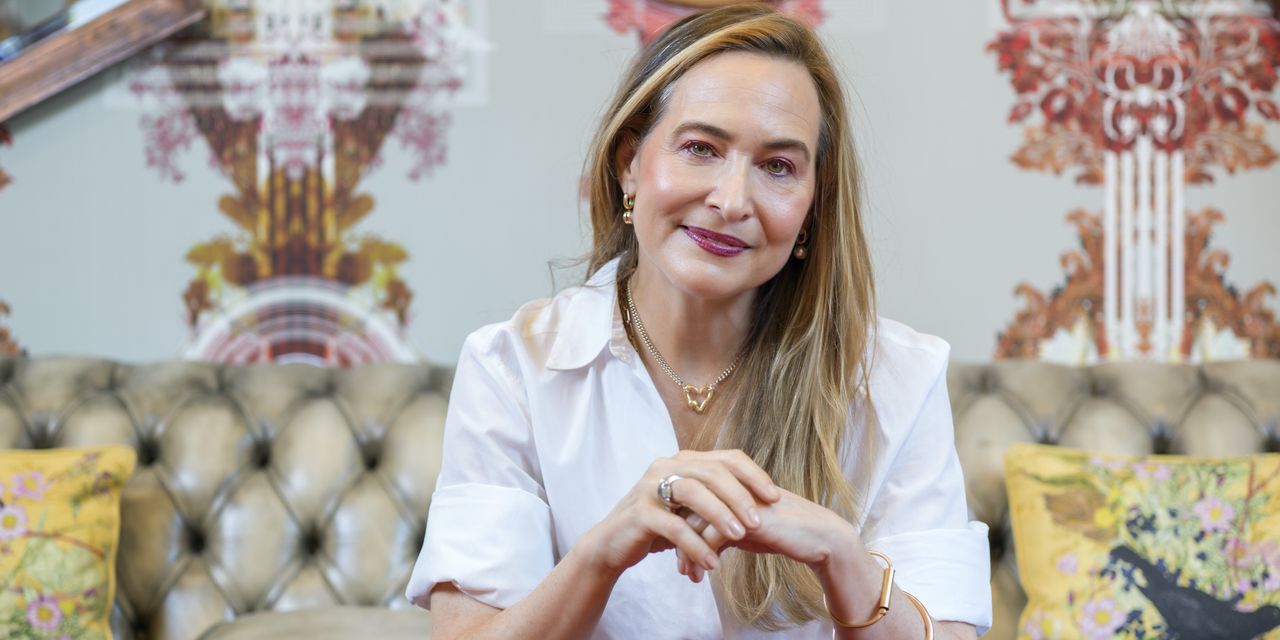Marla Aaron always envied her friends who went to art school, but doing so herself had never occurred to her. Growing up in Bedford, N.Y., she was a good student with an eye for style and a creative streak. She made jewelry for friends out of fish hooks and parts from the pieces that her grandmother had cast off, but her tinkering was more of a way to fidget than a calling.
A trip to Argentina as a foreign-exchange student, and her resulting fluency in Spanish, would end up shaping her career for the next two decades. Her first job was selling advertising spots for the Spanish Broadcasting System , a Spanish-language radio network. Later in her 20s, she moved to Madrid, where she worked in sales for Spanish Cosmopolitan and Elle magazines.
She returned to New York and spent a year at Columbia University’s journalism grad school, but after that she was more or less back where she’d started, working a series of jobs on the media industry’s business side. “It was all pretty boring,” she says. Her situation went from uninspiring to worse in her mid-30s, when as a newly divorced single mother of a young son she was fired from her job as the marketing director of Departures magazine. “That was a very hard time,” she says.
Days were given over to the job hunt, and she took to knitting and even soldering at night. An image had come to her that she couldn’t stop thinking about: a pendant based on the shape of a carabiner, the heavy-duty clips popular with climbers. She wasn’t particularly outdoorsy, but she was obsessed with the item’s sleek, architectural silhouette. She wanted to make versions out of gold, silver and platinum.
She found a new job, as the head of public relations for the Interactive Advertising Bureau, a trade organization, and spent her lunch hours trawling the shops in Manhattan’s diamond district, chatting up vendors and showing them the carabiner clip she wanted to reinterpret as jewelry. “People tried and said, ‘No, that’s too much work,’ ” she recalls. “I had an idea of a level of quality and a level of excellence that was far beyond the organic, rough-hewn pieces I was making, what I call ‘art festival jewelry.’ ”













































